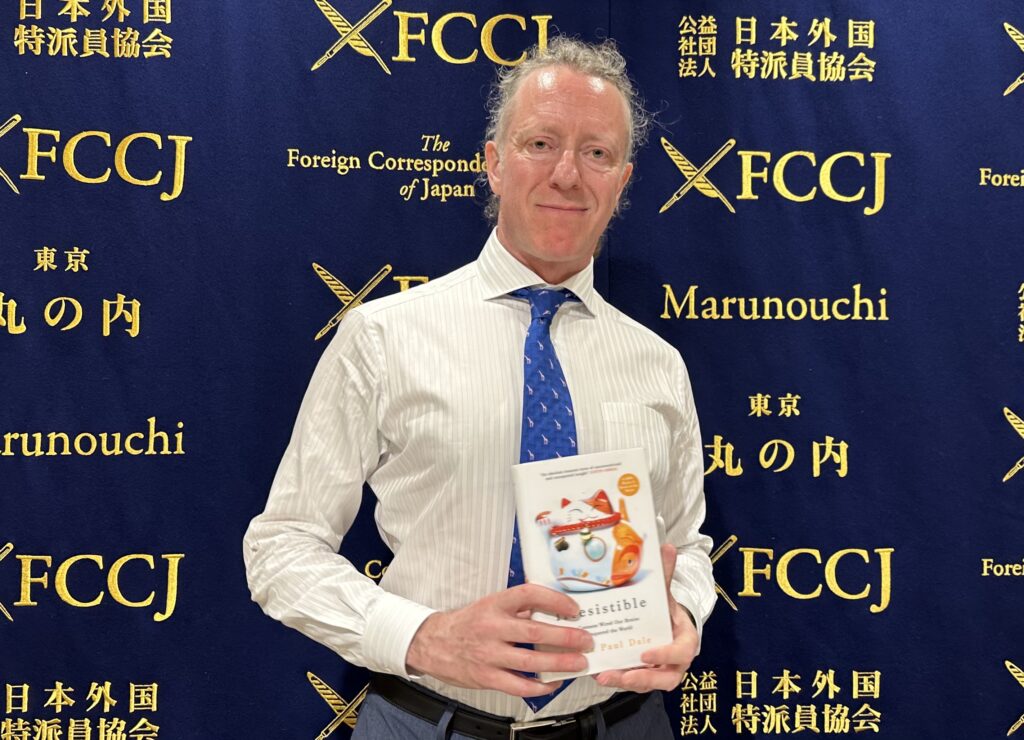
- ARAB NEWS
- 30 Apr 2024

TOKYO: The Japanese word “kawaii,” which means cute, has become a global buzzword that represents Japan’s soft power, but that power generates billions of dollars, Professor Joshua Paul Dale of Chuo University said at a Book Break event at the Foreign Correspondents’ Club of Japan.
Professor Joshua Paul Dale teaches “cute studies” and is a pioneer in research examining kawaii’s cross-border success. He explained his book, “Irresistible,” which delves into the science and culture of kawaii.
Through scientific research and interviews with young people in Japan and overseas, he shows that our brains are hard-wired to respond to childish elements such as chubby cheeks, short limbs, and an awkward gait.
“Cute things capture the pleasure center of our brains and promote empathy and compassion,” he told his audience at the FCCJ.
“Hello Kitty,” the doll-like figure and mascot for the Sanrio Company, symbolizes both kawaii’s soft power and business’s hard power. The round face framed by a short black bob above tiny eyes, red dots for cheeks and short limbs – but no mouth – is adored worldwide. Taiwanese Airlines even painted an enormous Hello Kitty on its planes, and Lady Gaga wore a dress covered in Hello Kitty Toys for a photoshoot.
Dale’s research dives into the historical context of kawaii. He says kawaii was introduced by Japanese women as far back as the Heian Period, more than a thousand years ago. Japan’s famed female writer, the courtier Sei Shinagon, wrote the “Pillow Book,” describing romance, the seasons and gossip, which entertained aristocratic women living behind closed doors in their palaces.
Shinagon’s illustrations of beautiful things – tiny animals, flowers, children – pierced the heart and are examples of Japan’s first depictions of kawaii. Dale explained that while the term did not exist then, “Heian women created new areas of aesthetic enjoyment that focused on cuteness. In modern times, Japanese Kawaii is also led by women.”
The book covers the growing appeal of Japanese kawaii and compares it to the West. “In the US, cute, furry animals are hugely popular with youth and adults,” Dale says. “But the concept in Japan is led by fashion, anime and even technology.”
A case in point is the frilly clothes worn by young women in Japan, called Lolita fashion. It has nothing to do with the West’s understanding of Lolita as appealing to older males. “In Japan, this fashion is about innocence and fun for young women who do not want to conform to Japan’s traditional social values that restrict female freedom,” he said.
The researcher concludes with the forecast that kawaii will only grow more popular globally, given the craze for emojis and fashion. “I see China taking the lead in this massive field,” he said in closing.